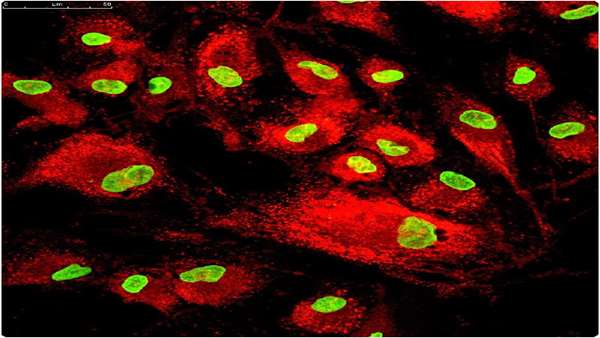A genomic biomarker that identifies human bone marrow‐derived mesenchymal stem cells with high scalability
Although the application of human mesenchymal stem cells (hMSCs) to repair damaged or diseased tissues has proven relatively effective, both the donor‐to‐donor variability in ex vivo expansion rates and the maintenance of stemness remain a bottleneck to widespread translation.
Although the application of human mesenchymal stem cells (hMSCs) to repair damaged or diseased tissues has proven relatively effective, both the donor‐to‐donor variability in ex vivo expansion rates and the maintenance of stemness remain a bottleneck to widespread translation. Previous work from this laboratory stratified donors into those yielding hMSCs with high‐ or low‐growth capacity; global transcriptomic analysis revealed that high‐growth‐capacity hMSCs were characterized by a loss of the gene encoding glutathione S‐transferase theta 1 (GSTT1 ). These GSTT1 ‐null hMSCs demonstrated increased proliferative rates, clonogenic potential, and longer telomeres compared with low‐growth capacity hMSCs that were GSTT1‐ positive. Thus, this study identifies GSTT1 as a novel genomic DNA biomarker for hMSC scalability.
Reference:https://stemcellsjournals.onlinelibrary.wiley.com/doi/full/10.1002/stem.3203




ارسال به دوستان